- Home
- DPF Parts Direct Blog
- How do you correctly install a V-Clamp?
How do you correctly install a V-Clamp?

Steve Hoke
Published on
View Video Transcript
Steve Hoke
Hi, I'm Steve Hoke, president of Diesel Emissions Service.
Wayne Cochrane
Hi, I'm Wayne Cochrane. I'm National Sales Manager for the Redline Emissions Products brand. Steve and I thought we would take a few minutes and put together some quick tips using commonly asked questions that we get to our helpline. So, Steve, a good question that we get often is, how do you properly install a v-clamp?
Steve Hoke
Great question, which we see all the time. We see people putting them on with half-inch air guns, with three-inch air guns. Ask them, "Is that the same way you'd put the V clamp on your turbocharger?" A v-clamp, which is a segmented clamp, is made to go around to be torqued. And as it's being torqued, you're supposed to tap it as you're tightening it up with a rubber hammer or something very soft and [inaudible 00:00:59], and then retorque it again, which then seats the flange into the apex of the v-clamp. And I mean, there's a lot of engineering that goes into a very simple clamp.
But yeah, when we talk about gasket thickness, when we talk about the angles on the flange, that's what the apex is. All clamps have different apexes, so it can be a certain diameter with the same apex. Some manufacturers stay with the same apex. But yeah, it's a very important deal. Again, get rid of air tools. If you're taking one off and not planning to reuse it, do whatever you want. But if you're planning to reuse it, really, you need to wire brush it. You need to put some penetrating oil and then pull it off. And when you go back on, our guys use quarter-inch impact drivers, which are very, very light, and then they'll actually torque them.
Wayne Cochrane
And of course, these procedures are important to make sure that you're not getting any exhaust leaks after the installation of the clamp. The exhaust leaks, as we alluded to, in an earlier video, cause all sorts of issues with the emission system, allowing the heat and the pressure to escape the system and causing issues such as base plugging, more frequent manual regen requirements, and of course, premature DPF plugging or cleaning requirements.
Speaker 3
You've been watching another edition of Redline Emissions Products Quick Tips. To learn more, go to REP.direct.





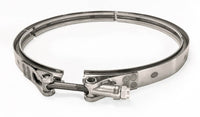



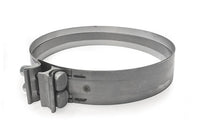


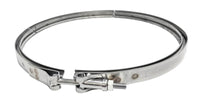
















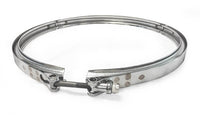

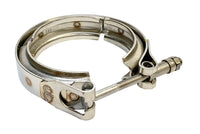




















Comments 0